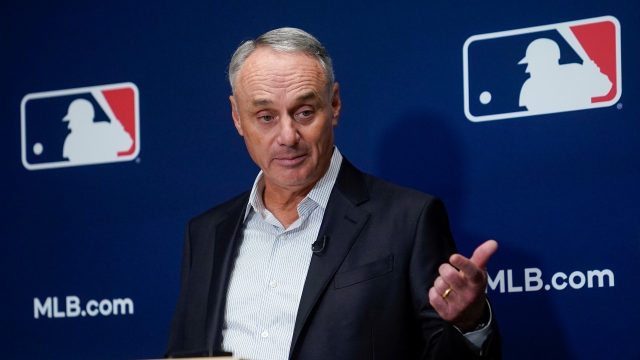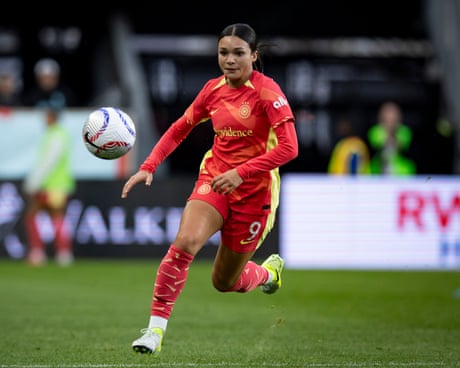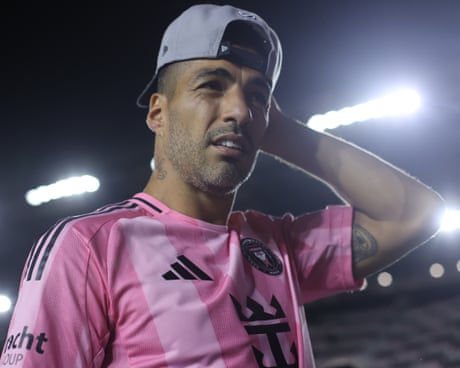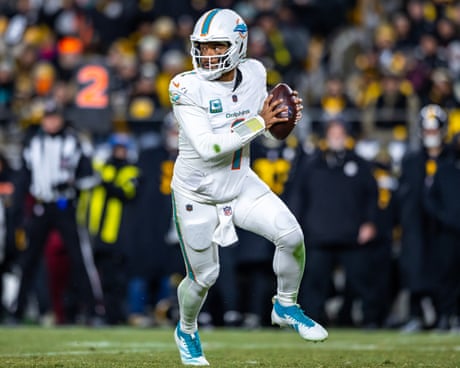
TORONTO – The bare-handed catches flash across my mind first. If you’ve ever held a cricket ball, you know it’s as hard as polished rock. And yet, players in that sport don’t use gloves like we see in baseball. Instead, they’re taught to receive the ball without protection. It’s a point my dad proudly reinforced throughout my childhood, and it’s still the first thing I think of when cricket is mentioned.
Back then, he’d take my brother and I to the diamond across the road from our home to play catch. I was a baseball-obsessed kid, and these rituals were one of the ways Dad tried to understand the sport I’d fallen in love with. That effort to understand didn’t extend to gloves, though. We’d whip balls at him full-force and he’d catch them, pulling his bare hands in toward his body to lessen the impact. Afterward, my brother and I would run back home and marvel to our mom about how he was able to do that.
My dad fell in love with cricket as a child in Guyana. When he moved to England as a young man, he played in the equivalent of the minor leagues. After he started a family and we immigrated to Canada, he didn’t quite get baseball. Of course, he recognized its resemblance to cricket, but even with our games of catch and my advocacy, it took him years to appreciate the nuances of the sport.
In contrast, baseball grabbed hold of me immediately. Maybe the bat and ball were etched in my DNA, or maybe my fandom arrived at the right time — the Toronto Blue Jays had just captured consecutive World Series titles when I began to take a liking to the sport.
I was also fortunate that my parents fostered my interest in this new game. My mom made sure that Blue Jays’ and New York Yankees’ games were always on our television, and my dad’s interest grew — not quickly, but steadily.
While there were parts of the game he absolutely despised — the bloated salaries, for one — he eventually grew to respect certain players, Derek Jeter in particular, and drew parallels to some of the biggest cricket stars from his day. The throughline, in my father’s eyes, was that the best in either sport tended to carry themselves the same way, treating opponents, fans and media with respect and delivering when it mattered most, whether that was through their conduct on the field or comments away from it.
In short, his love of cricket, his ability to see the parallels between the two sports and his willingness to put in the work, eventually led my dad to some degree of baseball fandom — at least enough to understand mine.
This Saturday, the Blue Jays will host Cricket Day at the Park, in which the organization will highlight the sport at Rogers Centre by giving away a Blue Jays-themed cricket jersey and offering various activations throughout the stadium, including batting and bowling simulators. Legendary Jamaican batsman Chris Gayle will be on hand to participate in the festivities by taking batting practice — along with several former and current members of the Canadian national cricket team — and throwing out the ceremonial first pitch.
It may seem to some like a token initiative, but for me, it’s among the strongest acts of representation I’ve felt during my three decades following baseball in Toronto.
In the effort to use the shared vocabularies of the two sports to form new bonds and greater understanding, I see similarities to those trips across the street to play catch with my dad. And I also see in Cricket Day an acknowledgement of the game’s past failure to create a welcoming space for people who look like me and share elements of my background, and of the distance that failure has left open between baseball and my communities.
That distance is something that’s followed me my entire life. I’m Guyanese with heritage that traces to India, and I’ve always been told by people from my own Caribbean and South Asian communities that baseball is not a sport for me. I specifically remember a brown kid in elementary school saying, “Dave, why do you even like baseball? It’s such a white people sport.” He wasn’t the only person of colour to tell me that over the years.
Today, I understand what they meant, but the pain still lingers. The idea that you’re not as “brown” as you should be is a complicated and dangerous one for a young person to grapple with. I think any person who grew up outside of their parents’ homeland has probably felt their own version of it.
Of course, I wasn’t going to stop loving baseball because my cultures weren’t present in it. Instead, my answer as a kid was to gravitate toward MLB’s Puerto Rican ballplayers. I have some loose family ties to the island and if I squinted hard enough, I could see similarities between us — the curly dark hair, the brown skin, the swagger — that allowed me to pretend I could be on the inside of this game, too.
That was roughly three decades ago. And though baseball has since grown into a more global sport, I can still see a scenario where a young brown kid feels the same way I did when he looks at the field today. Although this weekend’s Cricket Day at the Park obviously doesn’t solve that problem or eliminate the distance between the game and the many communities whose members struggle to see themselves in it, it does carry the potential for impact.
Simply put, it shows that Canada’s baseball team recognizes part of the fanbase that has traditionally never been recognized, has never felt seen.
If there’s a mom or dad or daughter or son who’s a cricket diehard and is moved to give baseball a closer look, that will be a success. And if the opposite happens and a baseball fan becomes curious about this similar-yet-different game, that’s great, too.
Who knows, maybe there’ll be a father in the crowd who decides that the next time he plays catch with his kids, he’ll ditch the baseball glove and go barehanded.






